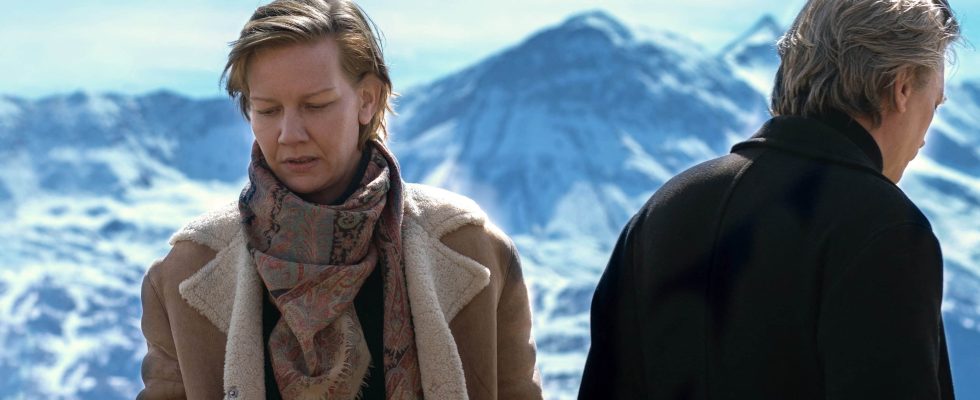As much to say it right away, Anatomy of a fall is a great movie. Of those who play with criticism, discourage it, exhausting its euphoric metaphors, in rare superlatives, films which one would almost want to reproach for their perfection, the absence of weakness, but which do not make it possible to offer the criticizes any angle of attack that does not turn against their author. How to make yourself interesting in front of such a film? I like it in its details and as a whole.
Let’s start with the details. The music. Ah! what joy, this music! Those who have read my last columns know how much I hate her, at the cinema, when she claims to tell the film instead of the film.
At Justine Triet, it’s not about that. His presence, rare, is active. She is swayed by a jealous husband who sways the decibels of PMP of Bacao Rhythm & Steel Band to annoy his wife. It is useful when an 11-year-old child, almost blind, learns to play theAsturias (Leyenda) on the piano, because under his fingers, and even in his beginner’s clumsiness, Isaac Albéniz’s standard (again) becomes sublime. Christopher Nolan, director ofOppenheimerlike many other melomaniac directors, should learn from it.
Another detail of the perfection of this devastating film: it does not make you cry. If, in the face of injustice, violence, hypocrisy, and in the face of maternal love, childlike courage, we shudder, Justine Triet never inflicts on us this loss of dignity which would leave us only the choice to sniff or to take out a handkerchief. With all the noise it makes.
Of the hatred of suicide
Now let’s get serious. For those who, having left too early and for too long on vacation, would not yet know what fall this film is the anatomy of, I will summarize. The young boy who plays the piano goes for a walk with his dog in the mountains while his mother, exhausted by her husband’s rudeness, goes up to bed with earplugs.
Back at the cabin, the boy discovers his father, lying in front of the house, his head shattered, dead. He obviously fell from the third floor balcony. The police always full of mischief believe to see there a murder, and thus perpetrated by the wife. After excluding the possibility of an accident, the thesis of suicide seems the most credible. It is in any case the one that the defendant’s lawyer will support. Because she’s been charged with murder.
“Guilty, necessarily guilty”, we want to remember. Did Justine Triet want to denounce the misogyny of our shitty society? Possible. Did she want to paint the portrait of a young modern couple, caught in the pain of an injured child, marked for life by a fault of carelessness on the part of the father? It’s part of the movie, indeed. Like this somewhat chilling sign of modernity: the writer father records all their discussions and disputes with his laptop, on the sly, betting that the transcription will serve to compensate for his lack of inspiration. Should we see a criticism of autofiction, too intrusive, borderline informer?
More interesting: the value of a child’s word in legal proceedings. Is treating him like an adult putting him in danger? It is true that he will hear green and not ripe things about his parents during the trial, but wouldn’t the secret be the worst time bomb? I cannot resist sharing with you my astonishment, in front of these authentic words of a child of barely 6 years old, on learning that his parents are separating: “You will have to explain to me what supernatural force was at work to provoke this disenchantment between you.”
But here is what I see most beautiful, strongest and most discreet in this film of which I have just made a succinct anatomy: it is less against the accused that the “public prosecutor” is relentless, than against the committed suicide, to whom one refuses the will, the lucidity, the freedom to die.
